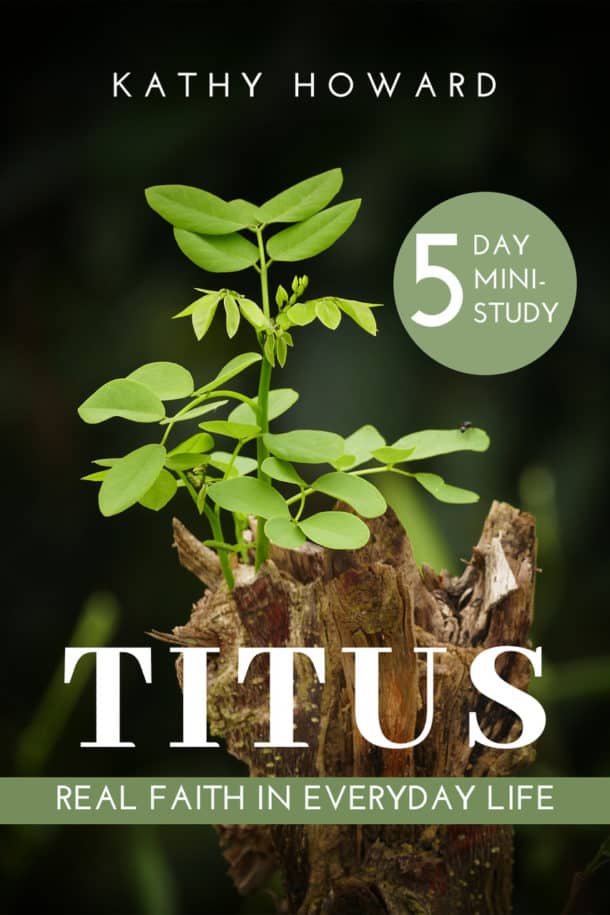The purpose of a veil is to cover, conceal, protect, or separate. A wedding veil prohibits the groom from clearly seeing the bride’s face until it is lifted at the proper moment. Sometimes people wear veils to protect their faces from harmful elements such as wind, sun, or blowing sand. The veil that hung in the Jewish temple between the Holy Place and the Holy of Holies separated the people from the presence of God.
The Jews were not allowed to go through this barrier and enter into God’s presence. Only the High Priest could go through this veil once a year on the Day of Atonement. And he could only enter by bringing in the blood of the sacrifice made for his sins and the sins of the people.
For centuries, year after year, the high priest carried the sacrificial blood through the veil and into the Holy of Holies to seek God’s forgiveness. Then something significant happened about 2,000 years ago that did away with the need for that veil forever.
When Jesus died on the cross, four miracles occurred. (See Matthew 27:45-54.) The sun was dark from 3pm to 6pm; an earthquake shook Jerusalem; dead people who had lived holy lives came out of their graves and walked the streets; and the veil in the temple that blocked the people’s way into God’s presence was torn from top to bottom.
Jesus secured more than just forgiveness of sin on that first Good Friday. For those of us who trust in it, His sacrifice gives us access to God. Jesus, the ultimate High Priest carried His own blood through the veil into the Holy of Holies.
In the ninth chapter of Hebrews we learn that the blood of goats and bulls had to be offered year after year because it was not sufficient to cleanse the conscience of the sinner. This was merely ceremony, an outward cleansing used as a stop-gap measure until the perfect sacrifice was offered in God’s timing.
The blood of goats and bulls and the ashes of a heifer sprinkled on those who are ceremonially unclean sanctify them so that they are outwardly clean. How much more then, will the blood of Christ, who through the eternal Spirit offered himself unblemished to God, cleanse our consciences from acts that lead to death, so that we may serve the living God. Hebrews 9:13-24, NIV
Because Jesus was sinless, His death was the once-for-all, sufficient sacrifice. The sinless Son of God paid the debt of our sin through His death on the cross. He exchanged our sin for His righteousness. God made Him who had no sin to be sin for us, so that in Him we might become the righteousness of God (2 Corinthians 5:21).
The veil is not needed any longer. Permanent access to the Father has been earned through the body and blood of Jesus Christ. Therefore, brothers, since we have confidence to enter the Most Holy Place by the blood of Jesus, by a new and living way opened for us through the curtain, that is His body, and since we have a great priest over the house of God, let us draw near to God with a sincere heart in full assurance of faith, having our hearts sprinkled to cleanse us from a guilty conscience and having our bodies washed with pure water. Hebrews 10:19-22, NIV
Believers, celebrate the joy of this Easter by drawing near to God. Enjoy the glory of His presence.


“They will look on me, the one they have pierced….On that day a fountain will be opened to the house of David and the inhabitants of Jerusalem, to cleanse them from sin and impurity.” (Zechariah 12:10; 13:1) Hallelujah, what a Savior!
Amen, Happy Easter.